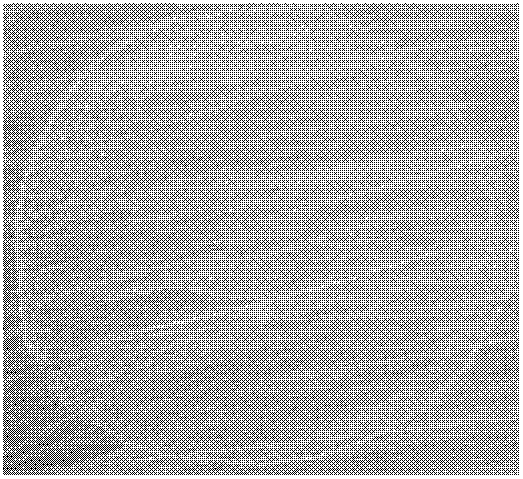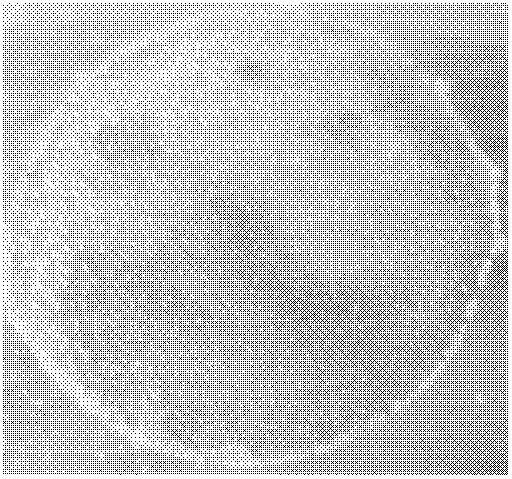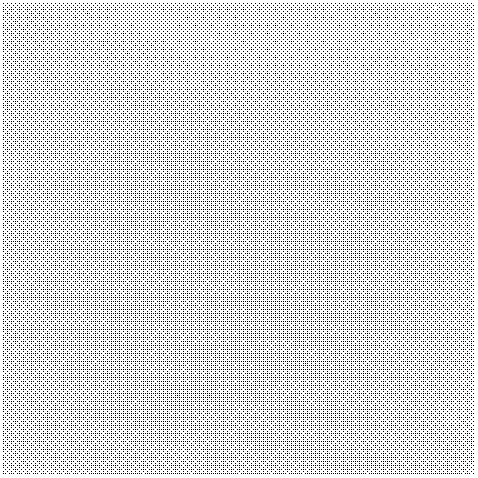Anti-tarnish silver alloy and method for manufacturing the same
A silver alloy and anti-tarnish technology, which is applied in the field of metal materials, can solve the problems of relatively harsh preparation process requirements, high cost of silver alloy, complex composition of silver alloy, etc., achieve good machinability, save electroplating costs, and have strong anti-tarnish ability Effect
- Summary
- Abstract
- Description
- Claims
- Application Information
AI Technical Summary
Problems solved by technology
Method used
Image
Examples
Embodiment 1
[0037] The anti-tarnish silver alloy in this embodiment has the following weight percentages: 92.5% silver, 4.5% cobalt, 1.5% nickel, and 1.5% copper.
[0038] The raw materials are weighed and mixed according to the above ratio, then placed in a vacuum arc melting furnace for repeated melting 4 times, taken out and cooled to room temperature to form an ingot.
[0039] After testing, the microhardness (HV) of the prepared anti-tarnish silver alloy is 82, which is similar to the commonly used 925 silver alloy.
[0040] The anti-tarnish silver alloy sample prepared by the present embodiment is placed in 3.5% NaCl solution medium to carry out the discoloration test, and the common 925 silver alloy sample is used as a control test group, and the photomicrograph of the test result is as follows: Figure 1a and Figure 1b shown. At the same time, the anti-tarnish silver alloy sample prepared in this embodiment was placed in 0.2×10 -3 MNa 2 The discoloration test was carried out i...
Embodiment 2
[0043] The anti-tarnish silver alloy of this embodiment has the following weight percentages: 92.5% silver, 1.5% cobalt, 0.5% nickel, and 5.5% copper.
[0044] The production and processing method is as follows: weighing and mixing the raw materials according to the above ratio, then placing them in a vacuum induction melting furnace for melting, taking them out and cooling to room temperature to form an ingot, and the ingot can be repeatedly smelted for 1-10 times.
[0045] After testing, the microhardness (HV) of the prepared anti-tarnish silver alloy is 85, which is similar to the commonly used 925 silver alloy.
[0046] The anti-tarnish silver alloy sample prepared by the present embodiment is placed in 3.5% NaCl solution medium to carry out the discoloration test, and the common 925 silver alloy sample is used as a control test group, and the photomicrograph of the test result is as follows: image 3 a. At the same time, the anti-tarnish silver alloy sample prepared in t...
Embodiment 3
[0049] The anti-tarnish silver alloy of this embodiment has the following weight percentages: 82.5% silver, 1.8% cobalt, 0.7% nickel, and 15% copper.
[0050]The production and processing method is as follows: weighing and mixing the raw materials according to the above proportions, then placing them in a vacuum induction melting furnace to smelt, taking them out and cooling to room temperature to form an ingot, and the ingot can be repeatedly smelted for 1-10 times.
[0051] After testing, the microhardness (HV) of the prepared anti-discoloration silver alloy is 83, which is similar to the commonly used 925 silver alloy.
[0052] The anti-discoloration silver alloy sample prepared in this example was placed in a 3.5% NaCl solution medium to conduct a discoloration test, and an ordinary 925 silver alloy sample was used as a control test group; at the same time, the anti-discoloration silver alloy prepared in this example was The sample is placed in 0.2×10 -3 MNa 2 The discol...
PUM
| Property | Measurement | Unit |
|---|---|---|
| microhardness | aaaaa | aaaaa |
| microhardness | aaaaa | aaaaa |
| microhardness | aaaaa | aaaaa |
Abstract
Description
Claims
Application Information
 Login to View More
Login to View More - R&D
- Intellectual Property
- Life Sciences
- Materials
- Tech Scout
- Unparalleled Data Quality
- Higher Quality Content
- 60% Fewer Hallucinations
Browse by: Latest US Patents, China's latest patents, Technical Efficacy Thesaurus, Application Domain, Technology Topic, Popular Technical Reports.
© 2025 PatSnap. All rights reserved.Legal|Privacy policy|Modern Slavery Act Transparency Statement|Sitemap|About US| Contact US: help@patsnap.com



